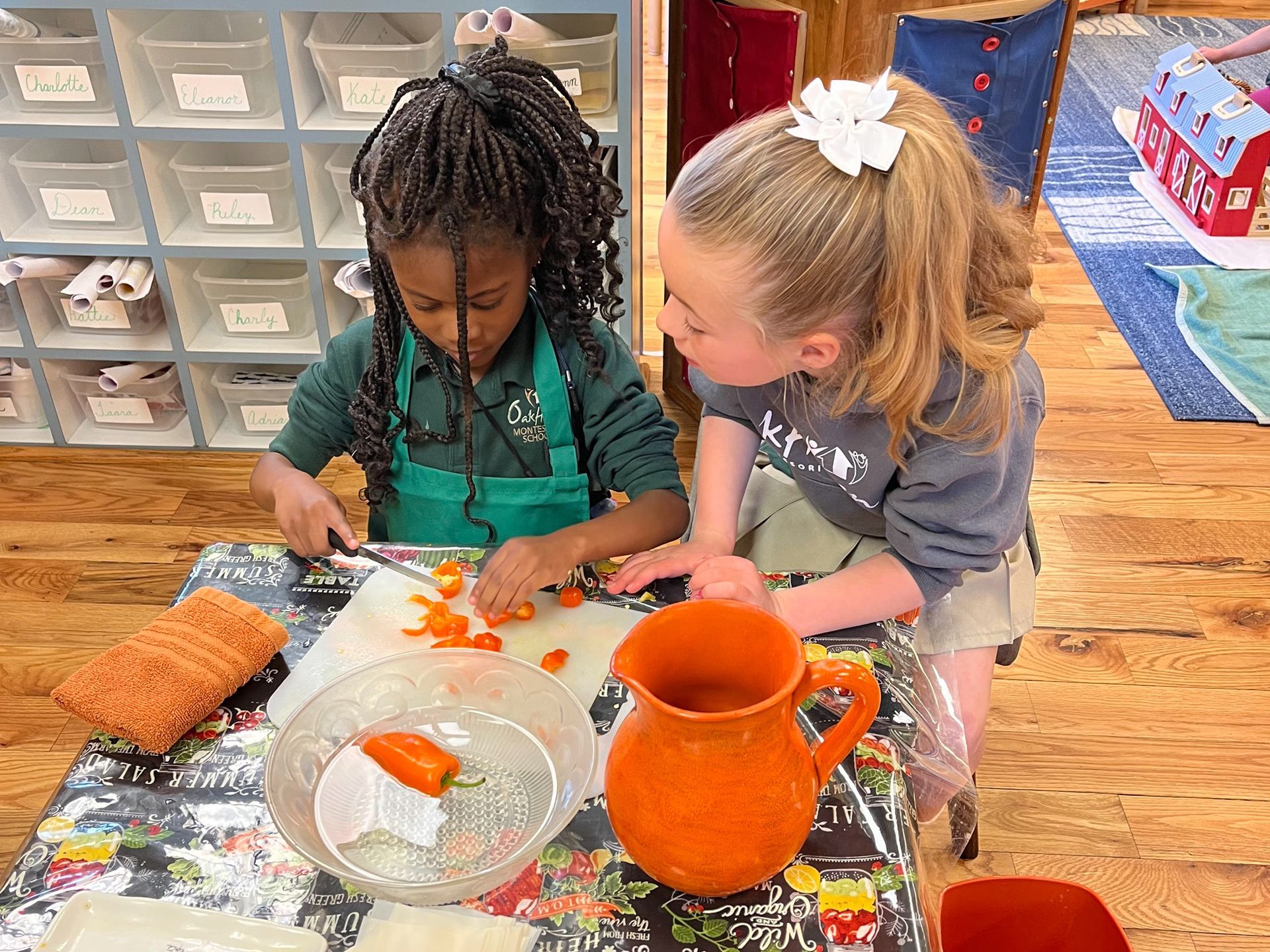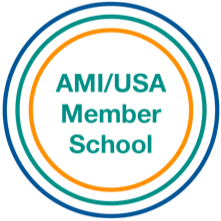
“The hand is the instrument of the mind.” - Dr. Maria Montessori
The function of the hand is vital to each individual, and also to humanity as a whole. We are eating and driving and wearing the work of someone’s hands...even if that work was to write software that told a robot where to put the rivets and no longer the work of a riveter herself. But the hand, though empowered with fingers which have the densest areas of nerve endings on our body and are the richest source we have of tactile feedback, cannot - on its own - create. That requires the direction of a mind.
Maria Montessori recognized the importance of the hand as the tool which can make what the mind sees real, and placed an emphasis on refining the use of the hand and honing its abilities. This is reflected in the curriculum throughout the primary and elementary. The attention and care the primary child gives to their own hands during hand washing is an example of this, as is the emphasis on cursive writing at all levels, and many more.
You may hear your children, or their teachers, refer to some of the work they do at school as “handwork”. On Friday, they may have brought home what looked to you like three yards worth of awkwardly composed chain stitch and you might - for a moment - wonder if their time might not have been better spent on that fantastic checkerboard you keep hearing me talk about.
What is handwork and why does the Montessori curriculum place an emphasis on it?
Handwork is, generally, any kind of work done with the hands. More specifically, it is work that has some element of repetition which will allow for refinement of skill and which has an output or product. A few examples of handwork might be needlework, embroidery, weaving, crochet, knitting, beading, origami, wirework, whittling, soap carving, quilting, bookmaking, handwriting, etc. The handwork available to the children will be driven by the interest and knowledge of the teacher. So although knitting is wonderful handwork, because I do not know how, my students do not have that opportunity available to them. (You might enroll your child in a summer camp to learn how, and then have them bring that knowledge back to teach the other children!) Tracing geometric insets or fraction insets is also handwork with a more academic bent.
A few reasons for the emphasis on handwork are:
- to develop and refine the motor skills of the child, particularly those of the fingers and hands
- to create for the child a connection between a sensorial experience and the act of creation
- to demonstrate through experience that practice improves a skill, and the world is full of skills the child may attain and perfect for themselves
- to give the child multiple avenues to create something they find meaningful and even beautiful
You may have noticed, at this point, that handwork is something you often provide for your child at home. After all, you love how persistently and quietly he worked making potholders on the loom. Congratulations! You’re doing something right, even though you may have thought you were just trying to keep your child busy. Now you know what to look for in quality handwork. It’s not just busy work, not just a one time craft, but rather it provides ample opportunity for repetition with the hands, leading to refinement of skill. And now that you know all the wonderful gifts handwork gives, maybe you’d like to hone the skill of your own hands as well! It’s never too late to learn how to throw a pot, carve soap, or fold paper.



